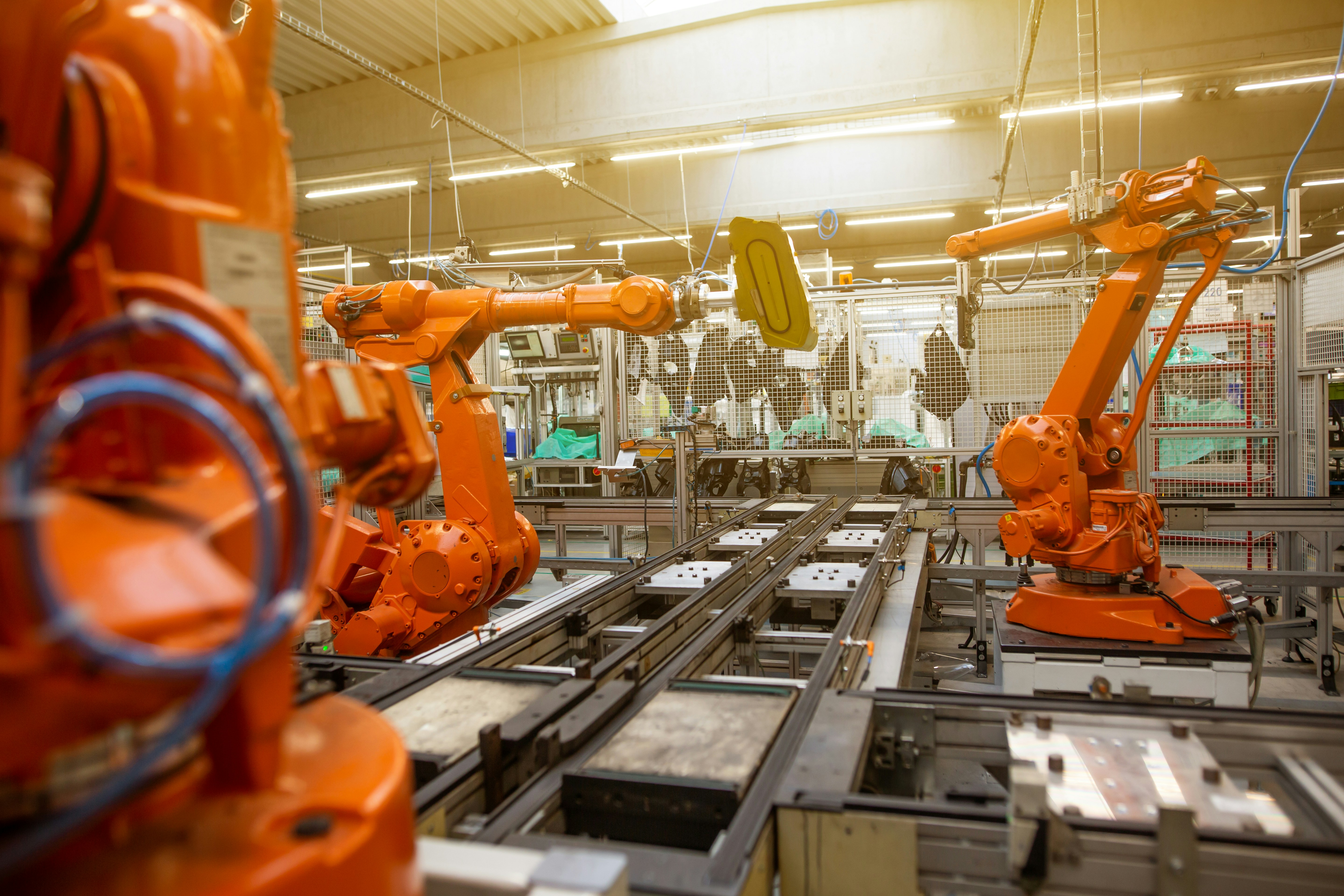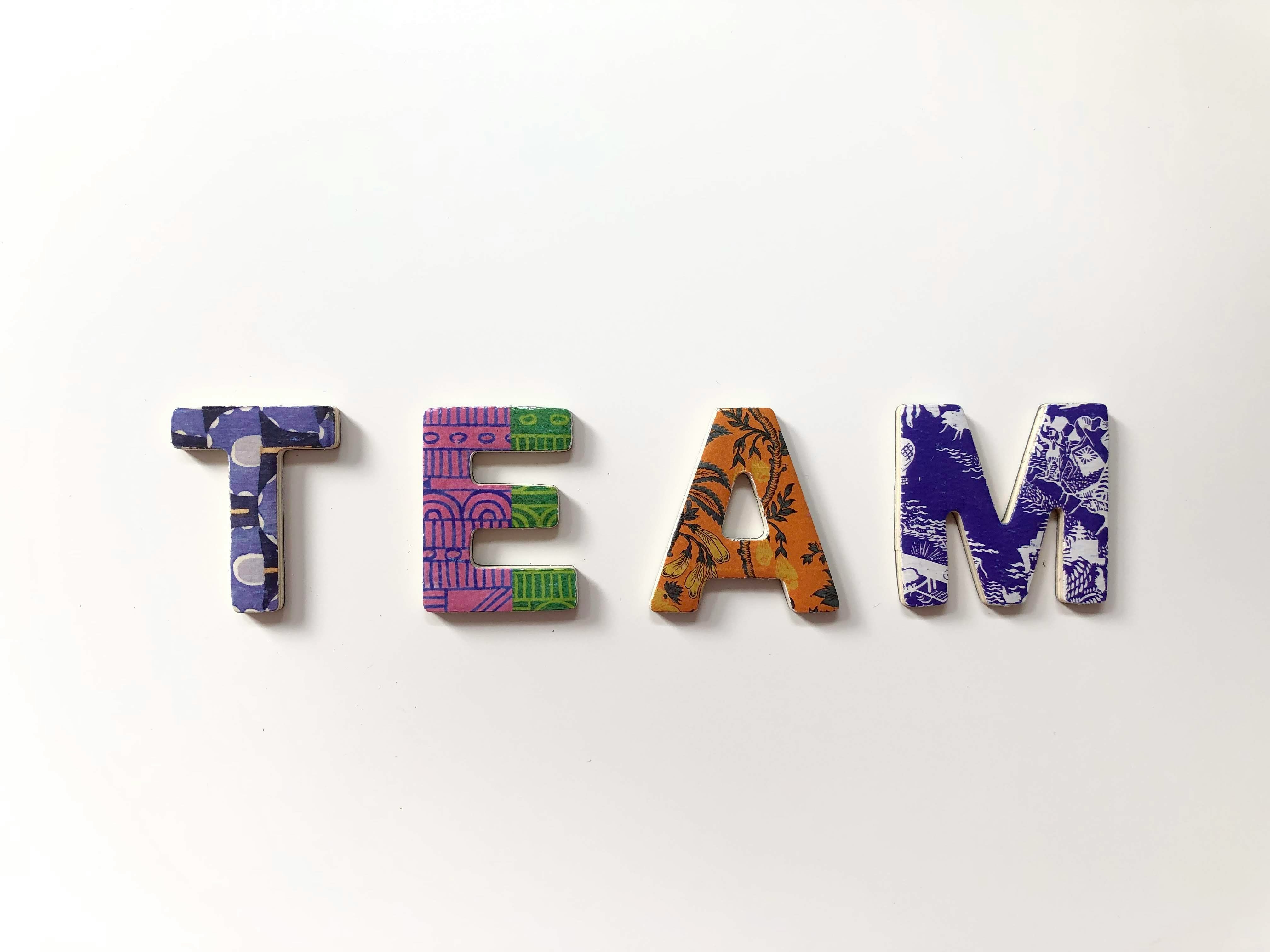Related Jobs
View all jobsMechanical Design Engineer
Mechanical Design Engineer
Mechanical Design Engineer
Mechanical Design Engineer
Mechanical Design Engineer
Subscribe to Future Tech Insights for the latest jobs & insights, direct to your inbox.
Industry Insights
Discover insightful articles, industry insights, expert tips, and curated resources.

Robotics Recruitment Trends 2025 (UK): What Job Seekers Need To Know About Today’s Hiring Process
Summary: UK robotics hiring has shifted from toolbox checklists to capability‑driven evaluation that emphasises deployed systems, safety, reliability and total cost of ownership. Employers want proof you can ship and sustain robots in production—industrial arms & cobots, AMRs/AGVs, field robots, surgical/med‑tech, warehouse automation, inspection & maintenance. This guide explains what’s changed, what to expect in interviews and how to prepare—especially for robotics software engineers (ROS/ROS 2), perception/vision engineers, controls & motion planners, mechatronics & embedded, safety & compliance, test/V&V, DevOps/SRE for fleets, and robotics product managers. Who this is for: Robotics software/perception/controls engineers, mechatronics & embedded, simulation & test, DevOps/SRE for robotics fleets, HRI/UX, safety/compliance, field/commissioning engineers, and product/technical programme managers in the UK.

Why Robotics Careers in the UK Are Becoming More Multidisciplinary
Robotics used to be the domain of mechanical, electrical and software engineers. In the UK today, robotics is more than motors and control loops — it’s about perception, interaction, trust, regulation and integration into human environments. That evolution means robotics careers are becoming more multidisciplinary. Modern robots interact with people, collect data, operate under constraints, and often assist in safety-critical environments (healthcare, manufacturing, transport). So engineers now collaborate closely with legal, ethical, psychological, linguistic and design experts. In this article, we explore why UK robotics careers are evolving into multidisciplinary roles, how law, ethics, psychology, linguistics & design intersect with robotics, and how job-seekers and employers can adapt to this shift.

Robotics Team Structures Explained: Who Does What in a Modern Robotics Department
Robotics is transforming manufacturing, healthcare, logistics, agriculture, entertainment and more. In the UK, advances in robotics span autonomous mobile robots (AMRs), robotic arms, surgical robotics, drone systems, human-robot interaction, and collaborative robots (cobots). Building effective robotics systems requires not only strong hardware and software, but also finely coordinated teams with clear roles from research through deployment and maintenance. If you’re a candidate applying for robotics roles or an employer hiring through RoboticsJobs.co.uk, this guide will help you understand who does what in a mature robotics department, how the lifecycle of a robotics product works, what skills and qualifications UK employers typically expect, what salaries look like, common challenges, and best practices for structuring teams that deliver.